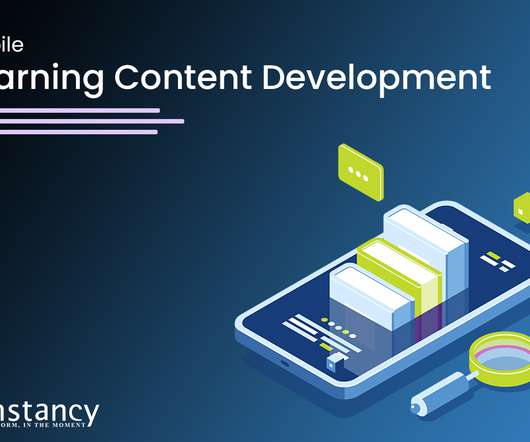Flash to HTML5 – Swiffy From Google
Upside Learning
JUNE 29, 2011
This has come just in time for mLearning implementers; there is a new tool out in Google Labs called Swiffy that let’s one convert flash animation (swf files) to a device independent HTML5. Simply put, this will allow existing libraries of flash animation content to be ported to devices that run iOS – iPhones, iPads, and iPods.























Let's personalize your content